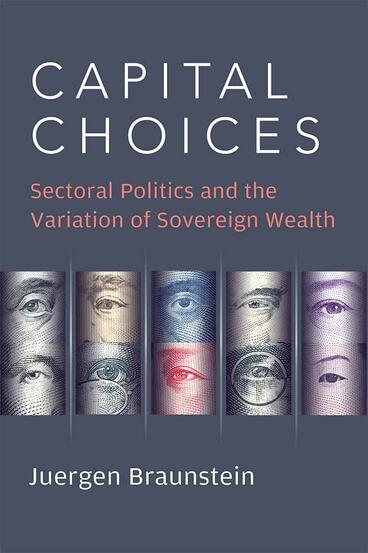Capital Choices
Sectoral Politics and the Variation of Sovereign Wealth
Demystifies the process of sovereign wealth fund creation and examines the policy and economic issues surrounding them.
Description
Sovereign wealth funds are state-controlled pools of capital that hold financial and real assets, including shares of state enterprises, and manage them to grow the nation’s base of sovereign wealth. The dramatic rise of sovereign wealth funds (SWFs) in both number and size—this group is now larger than the size of global private equity and hedge funds, combined—and the fact that most are located in non-OECD countries, has raised concern about the direction of capitalism. Yet SWFs are not a homogenous group of actors. Why do some countries with large current account surpluses, notably China, create SWFs while others, such as Switzerland and Germany, do not? Why do other countries with no macroeconomic justification, such as Senegal and Turkey, create SWFs? And why do countries with similar macroeconomic features, such as Kuwait and Qatar or Singapore and Hong Kong, choose different types of SWFs?
Capital Choices analyzes the creation of different SWFs from a comparative political economy perspective, arguing that different state-society structures at the sectoral level are the drivers for SWF variation. Juergen Braunstein focuses on the early formation period of SWFs, a critical but little understood area given the high levels of political sensitivity and lack of transparency that surround SWF creation. Braunstein’s novel analytical framework provides practical lessons for the business and finance organizations and policymakers of countries that have created, or are planning to create, SWFs.
Juergen Braunstein is a Fellow at Harvard Kennedy School.
Reviews
“Dr. Braunstein fills an important niche in the sovereign wealth fund literature by providing a meticulously researched and skillfully executed description of the different domestic and international actors, networks, and forces at work in the development of modern SWFs. This book is an excellent example of the kind of detailed research needed to fully understand the crucial impact of these funds.”
—Paul Rose, Ohio State University

